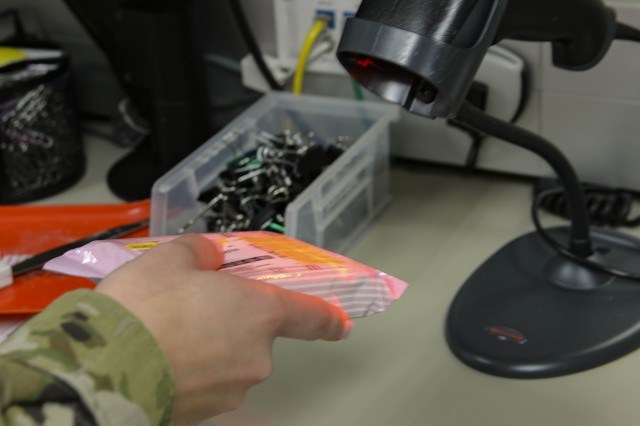WASHINGTON -- The Military Health System is implementing significant reforms aimed at building a more integrated and effective system of readiness and health, the assistant secretary of defense for health affairs said.
Thomas McCaffery hosted a Pentagon media roundtable to announce the findings contained in a Defense Department report delivered to Congress Wednesday that spells out the department's restructuring or realigning of select military hospitals and clinics.

All military treatment facilities were reviewed, with an eye to ensuring that military members are ready to train and deploy, he said. Also, the analysis included reviews ensuring medical personnel are acquiring and maintaining the clinical skills and experiences that prepare them for deployment and support of combat operations around the world.
The analysis calls for changes to the scope of operations at 50 hospitals and clinics in the United States, with the majority of changes being to outpatient clinics currently open to all beneficiaries that will be modified to be available only to active duty service members, he said.
Roughly 200,000 beneficiaries who receive primary care at the affected military treatment facilities will be moved over the next two to three years into the TRICARE civilian provider network, he said.


TRICARE civilian provider networks require a modest co-pay.
There are a total of 9.5 million Military Health System beneficiaries, he said, including more than 2 million active duty service members, retirees and family members.
Before transitioning any beneficiaries, the department will connect them with health care providers in the TRICARE network and assist them with the enrollment process, McCaffery said.

Many military treatment facilities will remain unchanged if the local civilian health care market cannot offer beneficiaries appropriate access to health care, he added.
The Military Health System remains committed to ensuring access to quality health care for every beneficiary it serves, be it active duty, retirees and their families, McCaffery said.




Social Sharing